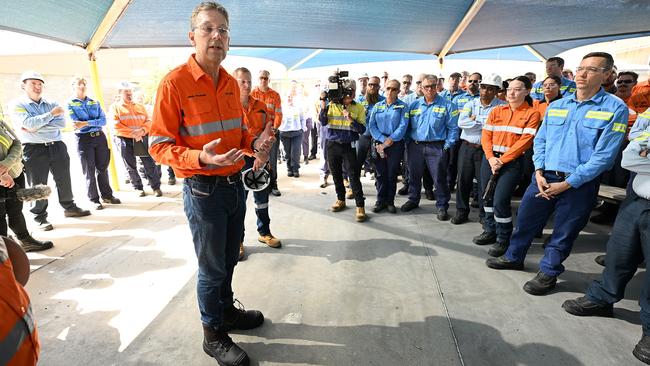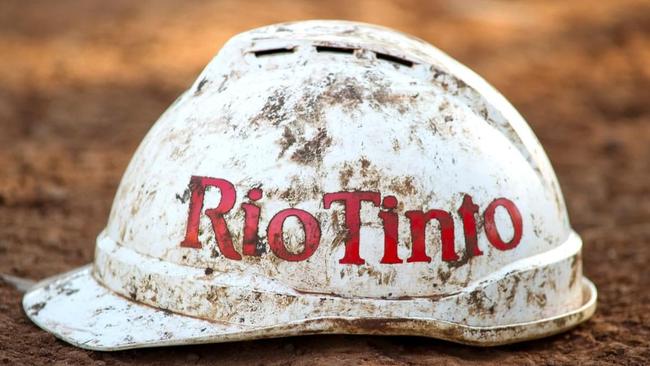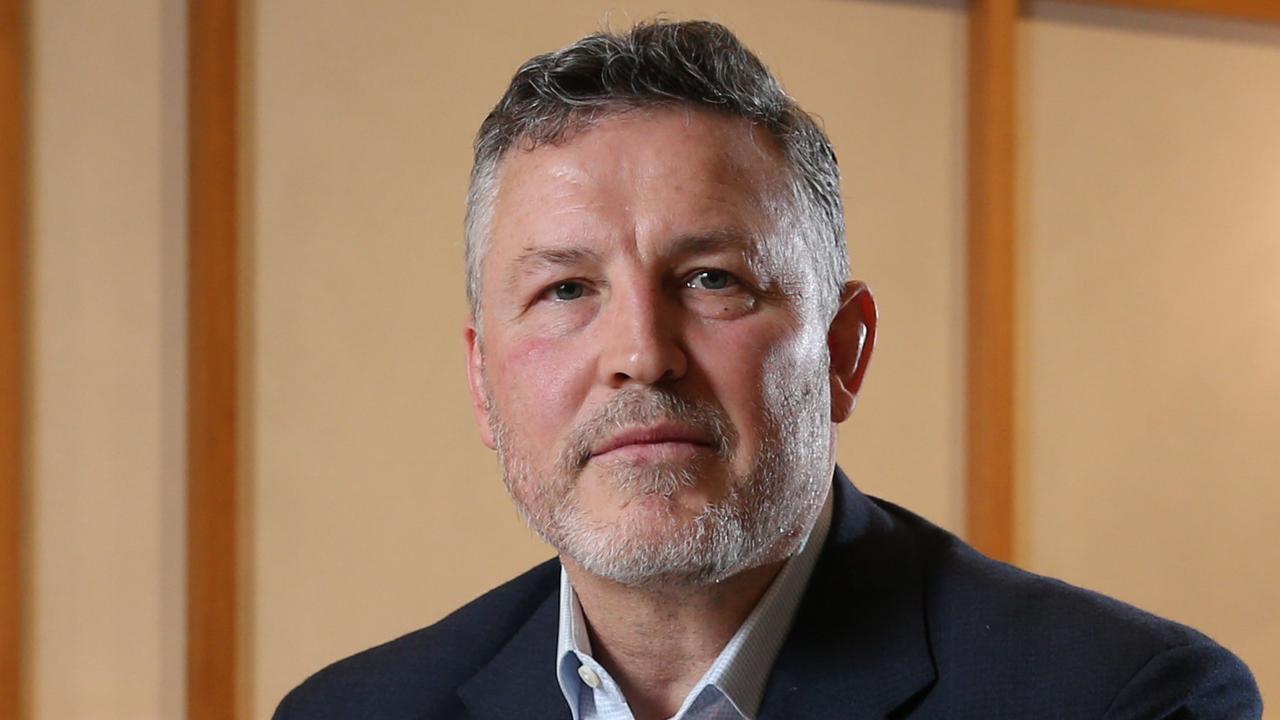Rio Tinto boss finds the limits of his green power
The challenge Rio faces in saving its Queensland aluminium business is far more complex than BHP’s efforts to preserve its loss-making nickel mines.

Business
Don't miss out on the headlines from Business. Followed categories will be added to My News.
It’s a tale taking place on both sides of the country with the nation’s two big miners trying to figure out ways to save manufacturing and processing capability in the face of massive changes in the external environment.
In many ways, the challenge Rio Tinto faces in saving its Queensland aluminium business is far more complex than BHP’s efforts to preserve its loss-making Nickel West business, but the implications for both in doing nothing are massive.
Rio Tinto is throwing everything at the problem as it faces rewiring its power hungry Gladstone smelters and refineries for a renewable age. It took another big step in getting there as it secured its second big green energy offtake agreement in a matter of weeks.
Rio’s boss Jakob Stausholm has inked a deal to buy nearly all the output from the Bungaban wind energy project, south west of Gladstone. The massive farm that generates 1.4GW of wind power is being planned by green investors Windlab, which in turn is backed by Andrew Forrest’s Squadron Energy. The 25-year deal comes on the back of Rio last month securing 1.1GW of output from the Upper Calliope solar farm, also near Gladstone.
“Here’s the thing, we are fierce competitors in the iron ore space. But building a new energy system involves infrastructure. And of course, we should work together as an industry,” Stausholm says of Forrest in an interview with The Australian.

The latest deal now gives Rio’s Gladstone business more than 2GW of solar and wind renewable power, making it the biggest single user of renewable energy in Australia.
The investment spend on power is in the billions of dollars, but it is still not enough. A mammoth 4GW of green energy will be needed in total to put Gladstone on a secure footing. And the difference now needs to be made up with firming such as batteries and potentially gas peaking plants, to remove the volatility when solar and wind drop out.
Rio has hit the limits of its ability to do this alone and now needs both Canberra and the Queensland government help with the last mile. Batteries can’t work in isolation and need to be part of a broader power grid solution. Stausholm says he is having “very good discussions” with both, including prime minister Anthony Albanese’s new Net Zero Agency that acts as a co-ordinating body.
“Right now I’m in the situation that we have, probably what is Australia’s biggest manufacturing operations and we need to find a long-term future for it,” he says.
Stausholm was talking to The Australian as Rio posted a 19 per cent drop in net profit to $US10.1bn for the year to end-December. Falls in commodities prices, including in iron ore and copper, represented a $US1.5bn hit to earnings. The results were also hit by an $US800m charge at the start of the year.
Rio’s dividend of $US4.35 a share dropped 12 per cent, in line with the fall in underlying earnings. The payout ratio remains at the top end of the range but Rio faces a massive capex spend in coming years, particularly as it develops its Simandou iron ore mine in Guinea.
Rio doesn’t have exposure to nickel so avoided the heavy losses in the metal that hit its rival BHP. Rio does however have exposure to lithium, another batteries mineral that has seen prices crunched. Stausholm says his lithium mine in Argentina is still in the construction phase so there’s no impact about the price pull back.
“I think this volatility and weakening in the lithium price is just reminding us of one of the core concepts of Rio Tinto, namely that when we go into things we really look to get into tier one assets that are on the right side of the cost curve,” Stausholm said, adding Argentina fits that bill.
johnstone@theaustralian.com.au
More Coverage
Originally published as Rio Tinto boss finds the limits of his green power





